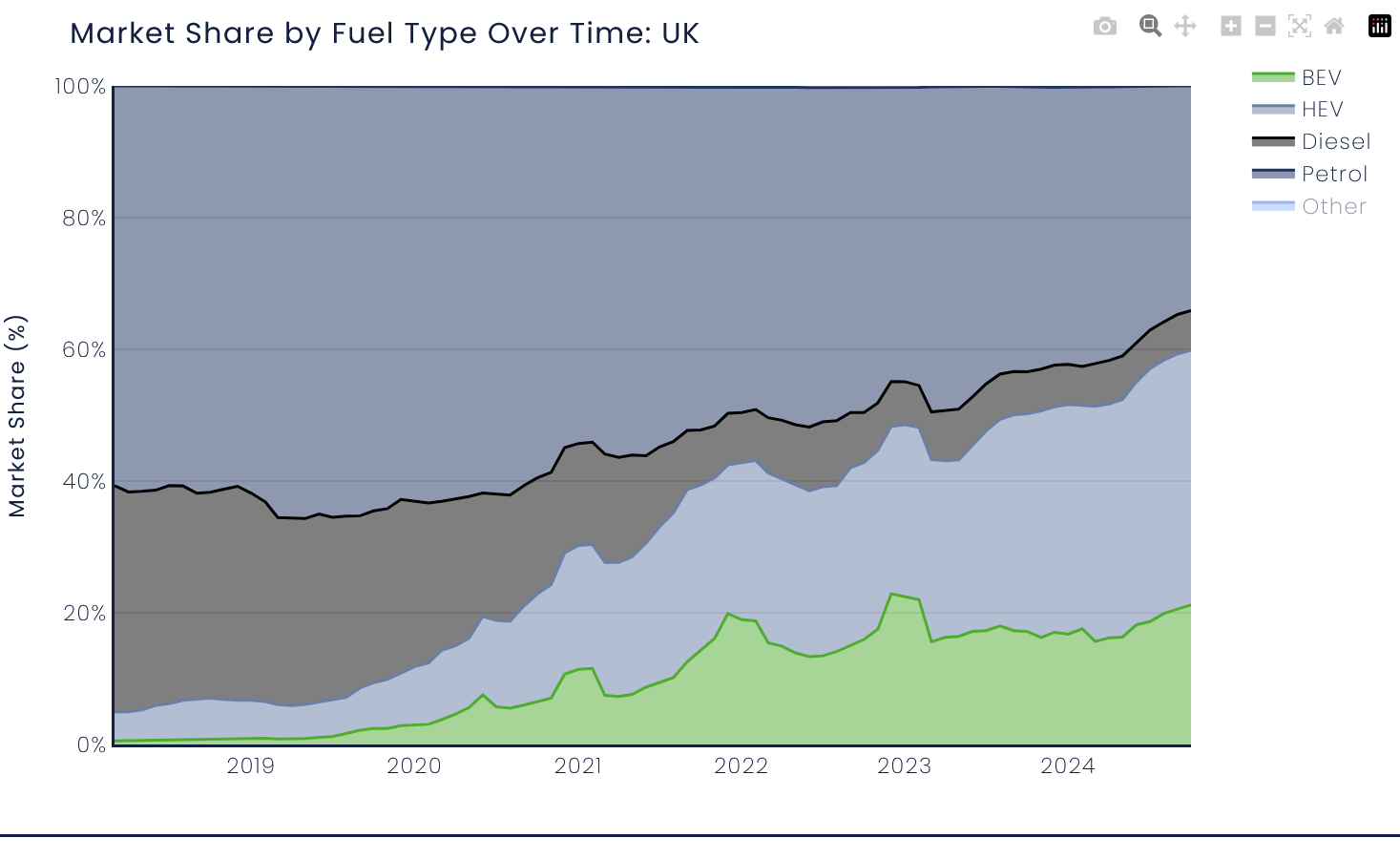Green flightpaths between key global locations could help to fast-track fully decarbonised aviation, according to research led by an international team based at Heriot-Watt University and the American University of Sharjah in the UAE.
The research, published in the Royal Society of Chemistry’s Energy and Environmental Science journal, recommends that a small number of long-haul flights with high passenger volumes, such as London to Dubai, could be used to establish greenflight paths by demonstrating and reporting on sustainable aviation fuels (SAF).
The concept of greenflight paths is inspired by green shipping corridors, which are paving the way for net-zero shipping. Currently, widely available sustainable flights are a long way from being a reality, but SAF provides a potential route to changing this. Since the chemical and physical characteristics of SAF are almost identical to conventional fuels, they can be safely mixed. However, figures from 2022 show SAF production is way off track, currently sitting at 0.1 per cent of the 2050 net-zero goal that has been set by the international community.
Professor Steve Griffiths, vice chancellor for Research at the American University of Sharjah, said: “The UAE and UK are both highly dependent on long-haul flights, so have a compelling opportunity to lead the establishment of green flight paths, to demonstrate and deploy sustainable aviation fuels. Establishing green flight paths has the potential to not only drive decarbonisation of the aviation sector, but also lead to international cooperation for the development of SAF, and the related clean technologies needed to achieve net-zero by 2050 on a global scale.”
The research paper also makes a strong case for the ‘climate justice’ of greenflight paths. This is because only about 10 per cent of the world’s population currently take flights, so green flightpaths rightly place the onus on countries benefiting the most from aviation to develop solutions to make it sustainable. Solutions that can be scaled will also become increasingly important as worldwide incomes rise, along with a likely increase in demand for flights.
London Heathrow is already a world leader in SAF ambition and is working towards a target of incorporating 11 per cent of SAF into its overall fuel usage by 2030.
© 2019 Perspective Publishing Privacy & Cookies







Recent Stories